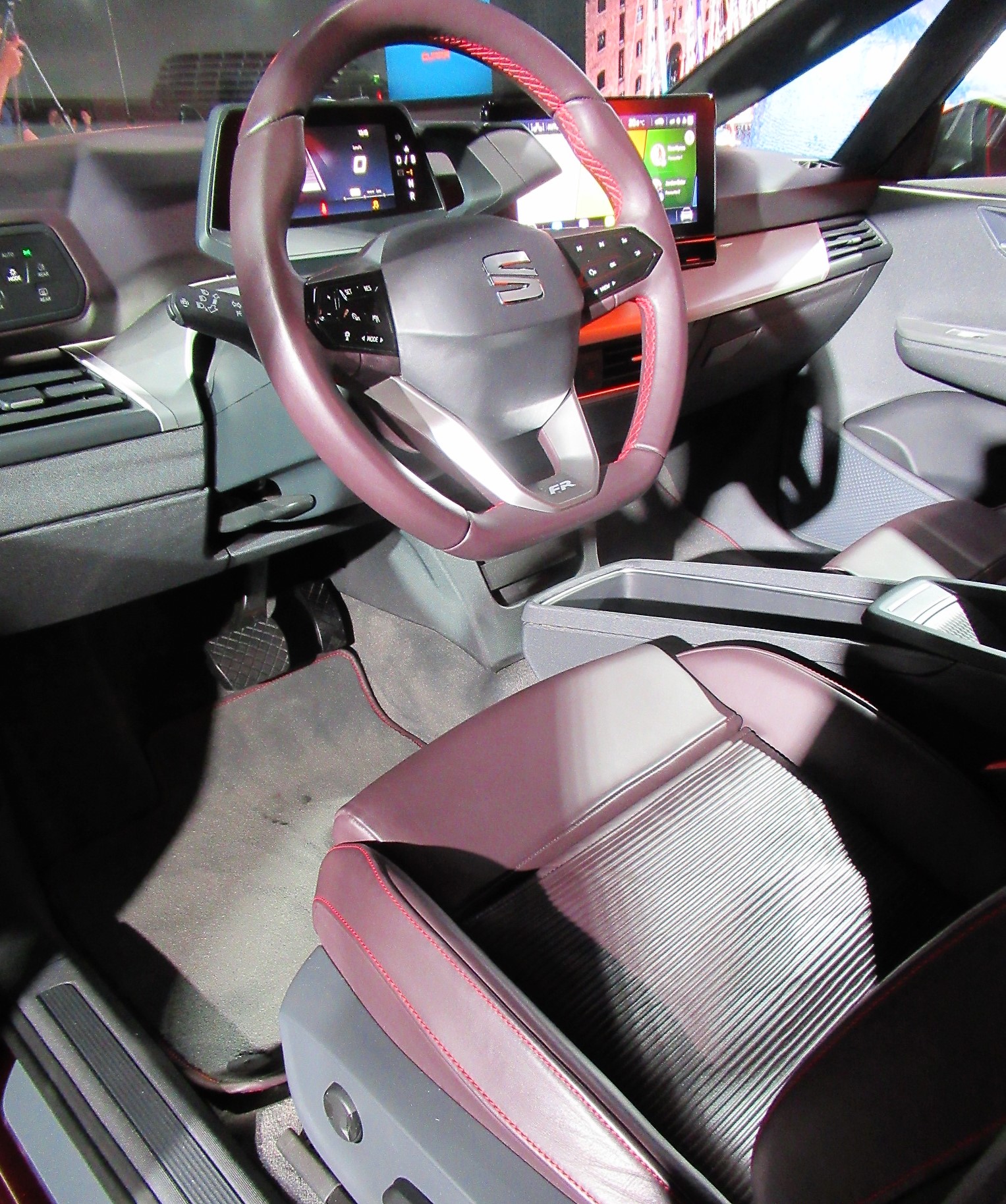While using the Titanic Hotel in Liverpool as its base, Seat may not have appreciated the apocryphal connection between unfortunate sinking and brand survival. However, far from plummeting, Seat is actually in the ascendant. Notionally Spanish but actually Germanic, thanks to VW Group support, Seat is forging a stronger place in the new car scene, helped in no small way by a 10.5% increase in 2018 deliveries to 517,600 units, with the UK alone up 12% to 62,863 delivered cars.
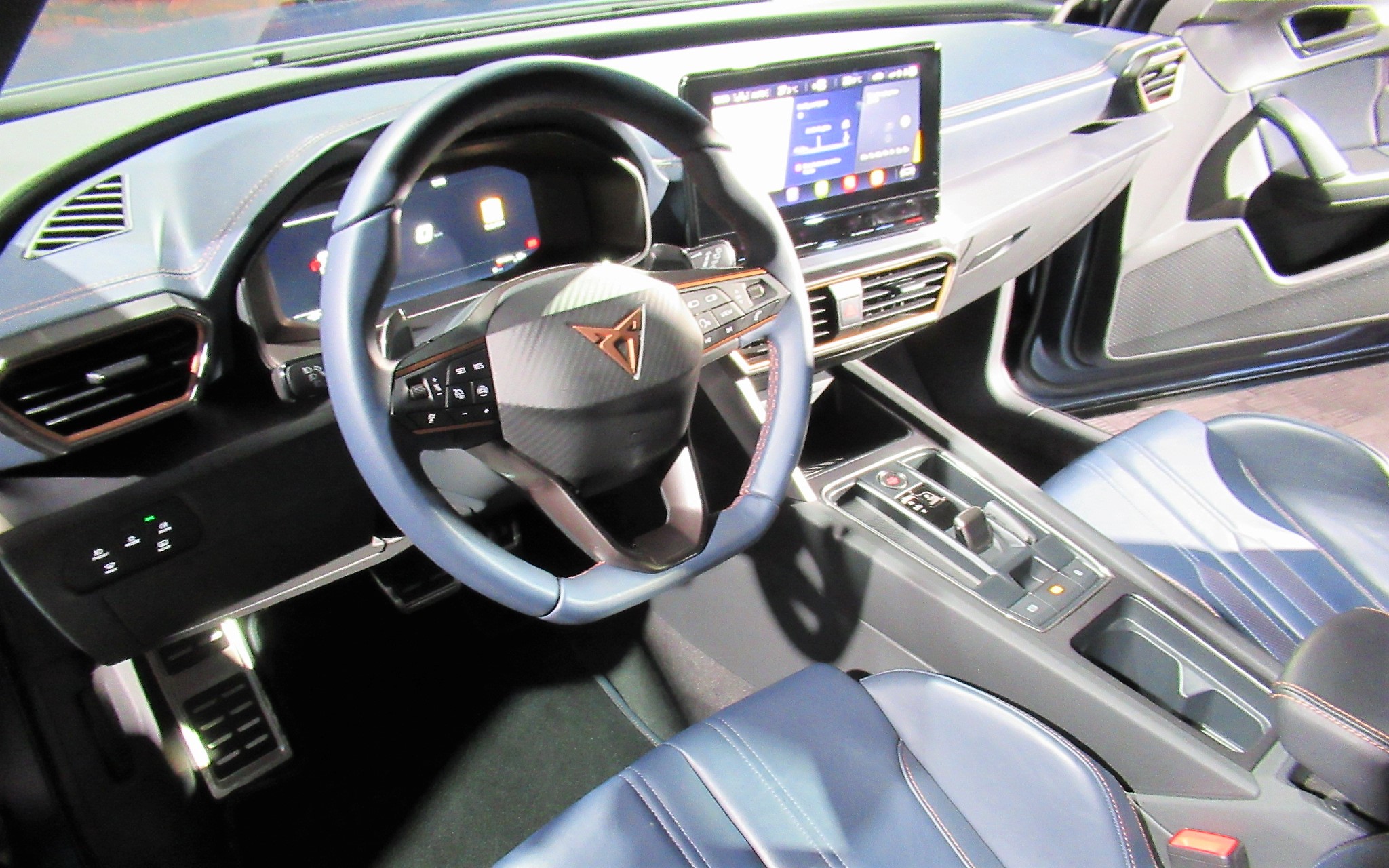
Remember that Seat was the acronymic ‘Sociedad Espanola de Automoviles de Turismo’, founded by the Spanish state in 1950 as a political means-to-an-end. With much of its product range based on aging Fiat technology and only a limited representation in other markets, following the death of General Franco, in 1975, who had been Spain’s military dictator since 1939, and the return to a moderate, Royalist democracy, seeking foreign investment became crucial. VW made an appropriate bid and, in 1986, Seat became a Group member.
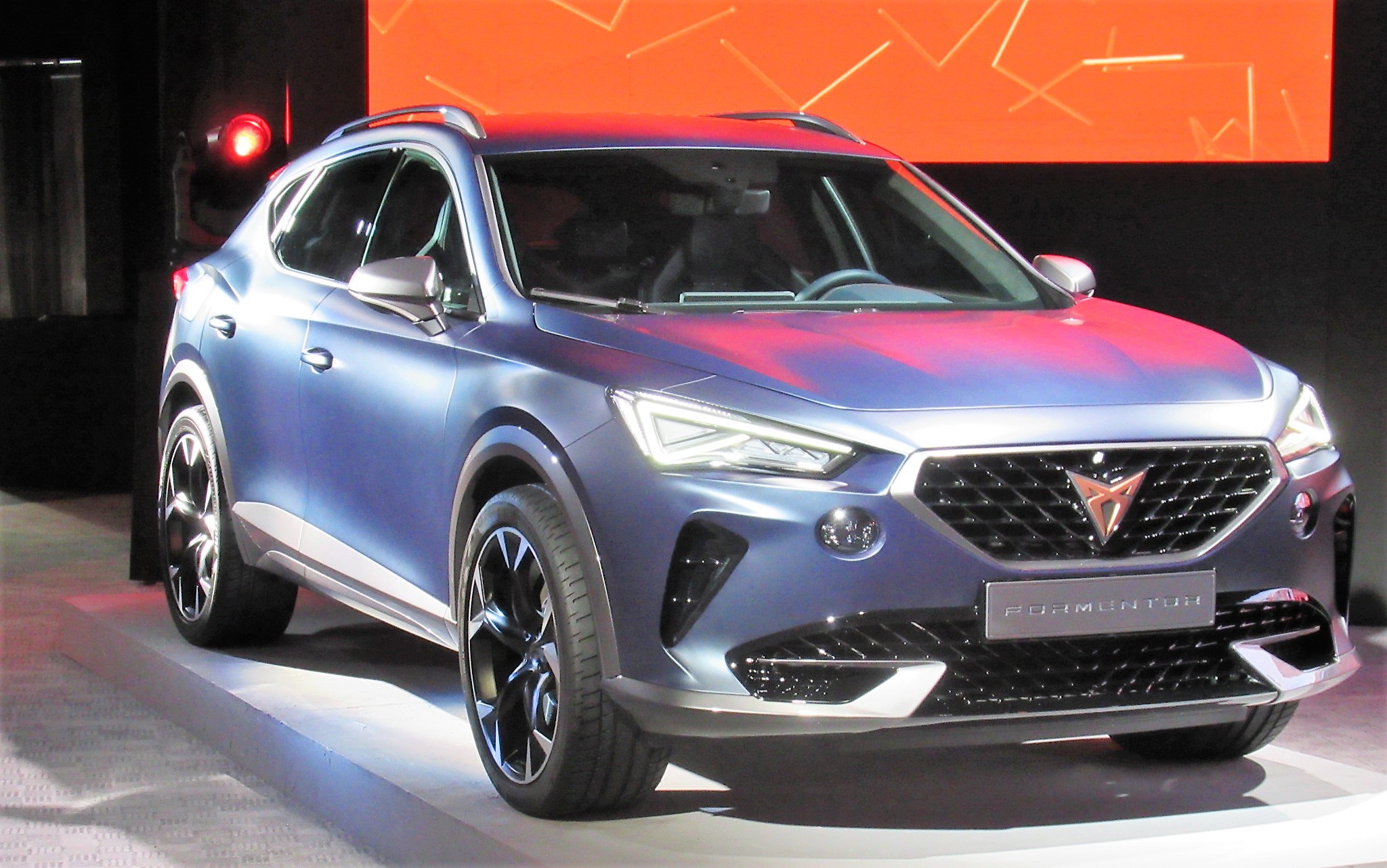
Although Porsche has always sought to deny the rumour, the ‘System Porsche’ engines applied to Fiat platforms gave the brand a useful kickstart. However, its product range was confusing and a push-push marketing offensive did more harm to Seat than good. Even five years ago, Seat was product effective across only half of the total market. As a measure of how much it has changed in the past few years, it is now almost 90% effective, a factor borne out by consistent brand growth and awareness levels.
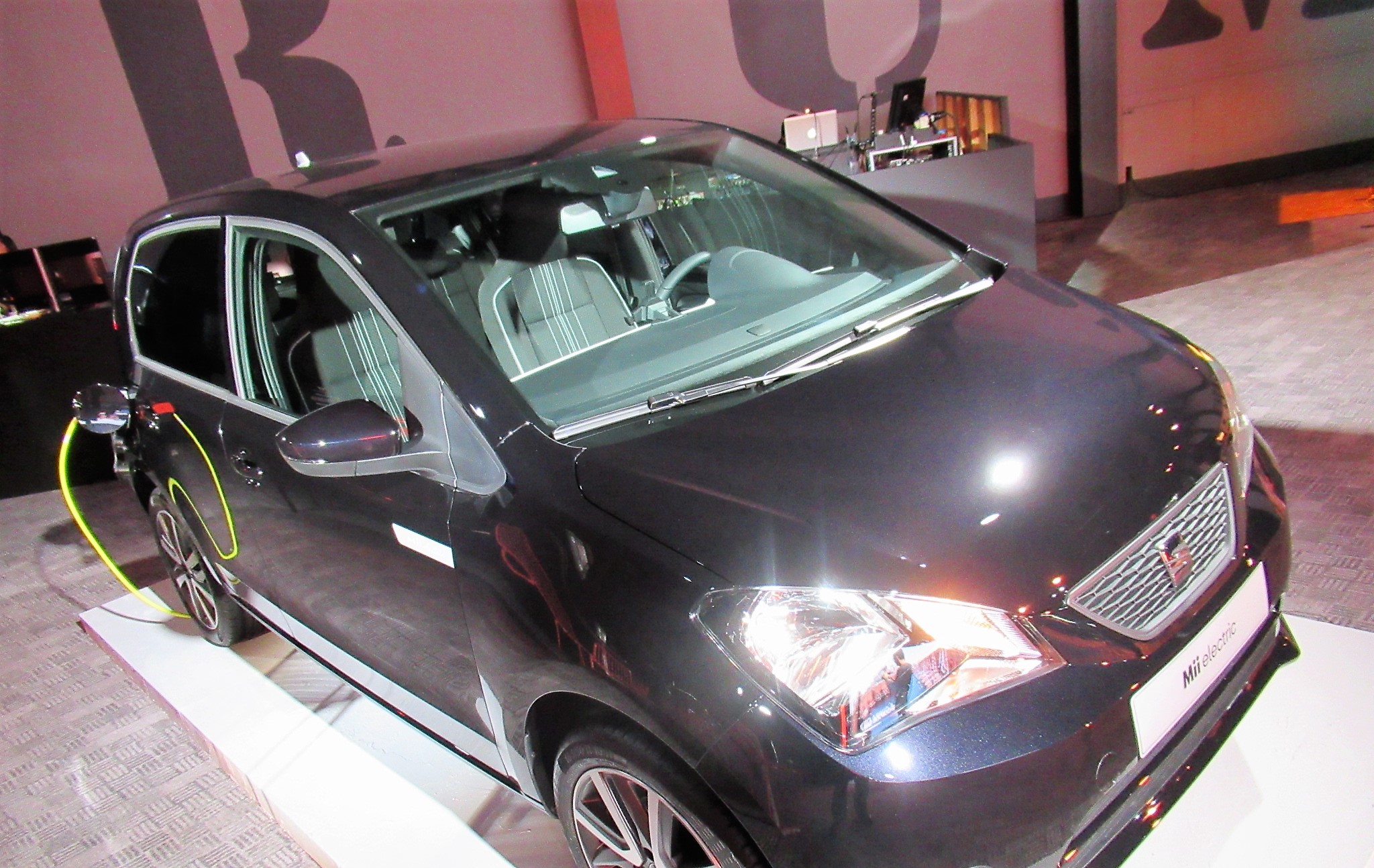
Yet, its ‘poor relation’ status has now altered significantly and parent VW no longer wants to sell-off the brand. In chatting with Richard Harrison, Seat’s UK director, I found a man enthused by the company he manages. He is excited for the future but he is also managing expectations with a dedicated and warm approach to its people and its customers, which runs contrary to the corporate norm. He is a first-class and impressive leader.
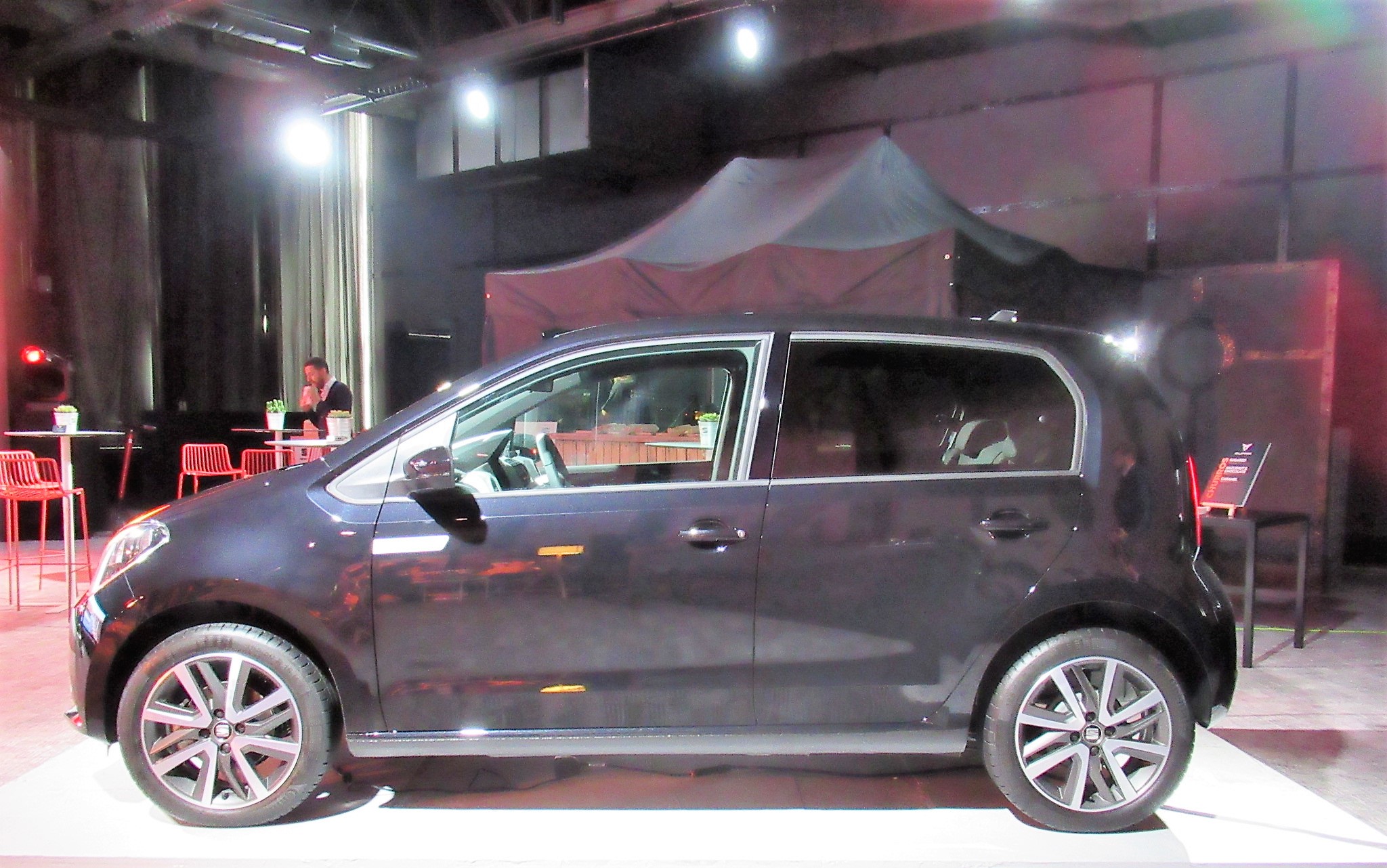
However, a relaxed discussion with Joachin Garcia, head of design for Seat, reveals that the company’s future lies in accessible and affordable vehicles that will satisfy future market needs. While the products need to retain recognisable Seat character, they will grow market share with the introduction next year of both petrol-electric hybrid and pure EV models. Mr Garcia’s efforts are aided by the flexibility and availability of VW Group platforms and technology but the styling will be uniquely Seat.
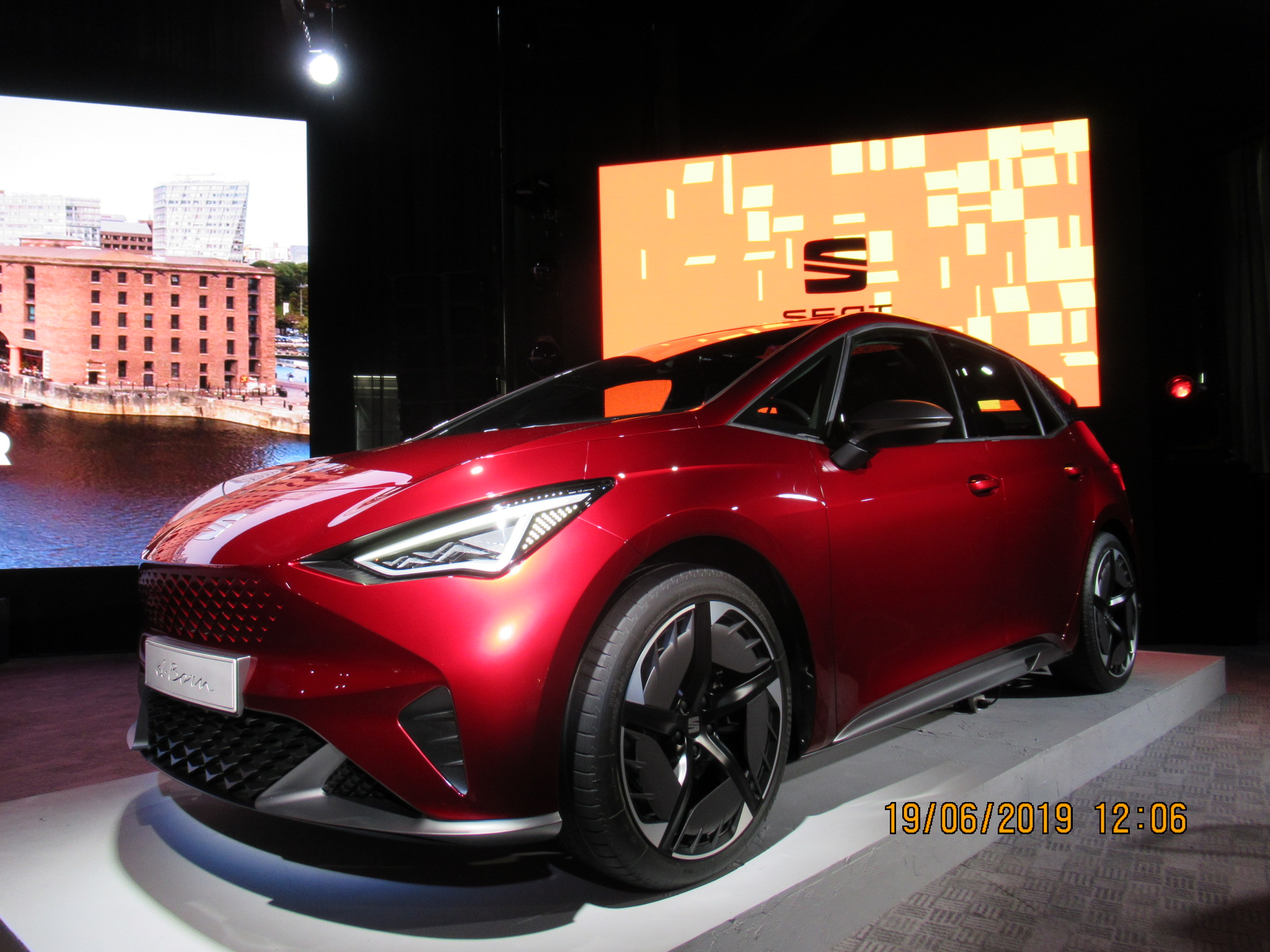
Models like the Seat El Born and Cupra Formentor will lead the transformation, supported by the electrified version of the Seat Mii city car. Yet, it is the gravitational shift towards a more sustainable future for Seat that will strengthen the brand further. There are exciting days ahead for the Spanish arm of the VW Group and do not be surprised if they also start to expand some of the better, perhaps sunnier elements of the Iberian peninsula in the process.
